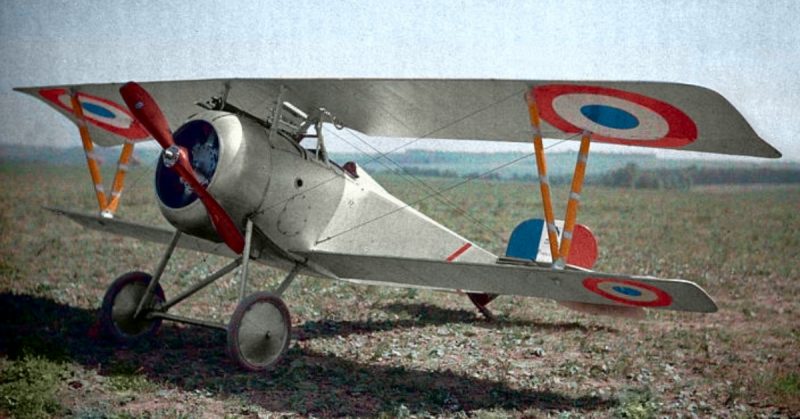The Nieuport fighting scout series of planes were among the more successful and influential designs of the First World War.
The Nieuport Company
Nieuport was a French plane manufacturer. Before the outbreak of the war, it was best known for its racing planes. But when it became clear that planes were going to play an important role in the fighting, Nieuport’s engineers, including designer Gustave Delage, turned their hands to military aircraft.
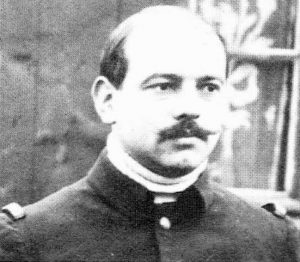
Arrival of the Nieuport XI
Designed by Delage, the Nieuport XI fighting scout plane was first flown in early 1915 and was in active service by the summer of that year.
Based on a Racer
The Nieuport XI was based on the Bébé racing plane. That name stuck around as a nickname for the new fighting scout.
French Plane, International Service
The Nieuport XI was not just used by the French – many of their allies also fielded these planes. The British used them in the Dardanelles and on the Western Front.
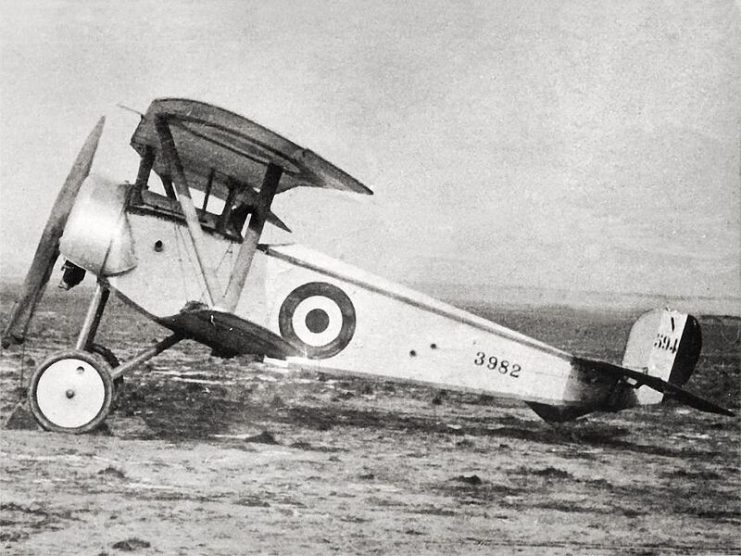
Distinctive Wing
The most visually distinctive feature of the Nieuport XI was its wings. The lower wing was much smaller than the upper wing, unlike the designs of most biplanes then fighting in the war.
An Agile Combat Plane
When it first reached the fighting front, the Nieuport XI was superior to almost every other fighter there. Fast, agile, and with a good rate of climb, in skilled hands it could outmaneuver all opponents.
Because of this, the Nieuport XI played an important part in ending the period of aerial domination by Germany’s Fokker Eindecker, known as the Fokker Scourge.
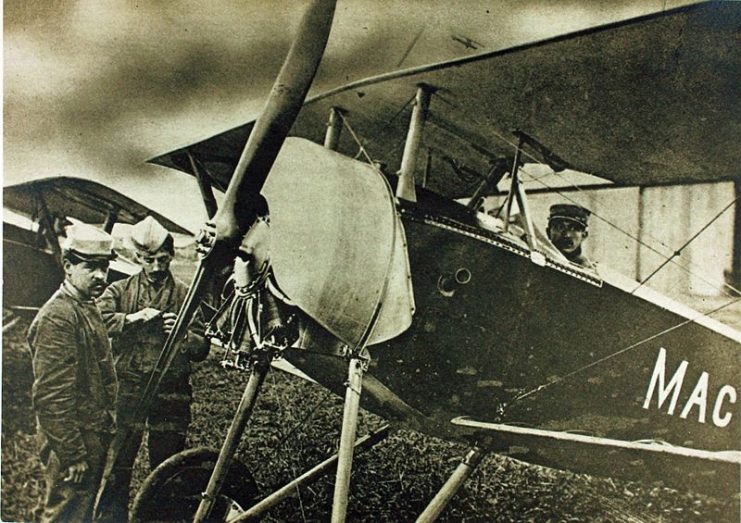
Weak Wings
The Nieuport XI’s biggest weakness was its wings. Their structure was fragile and therefore could fail when damaged or strained in flight.
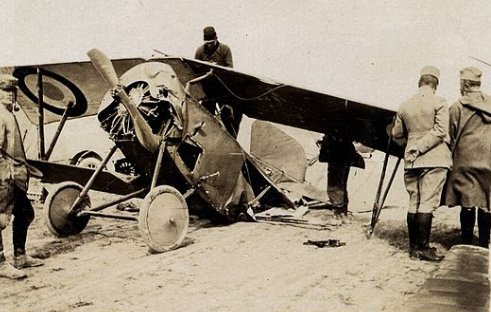
Weapons
The main weapon on the Nieuport XI was a Lewis or Hotchkiss machine gun mounted above and in front of the pilot so that it shot over the top of the propeller. The plane could also be equipped with a set of Le Prieur rockets to take out enemy observation balloons.
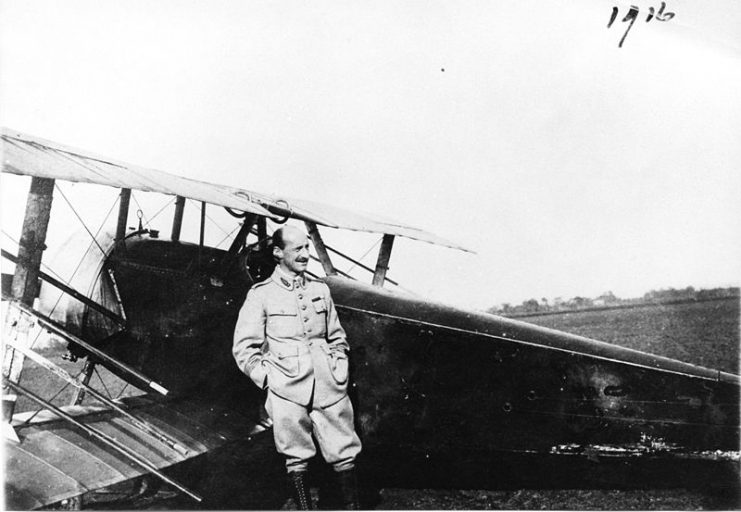
International Construction
To get more planes into the war, Nieuport XI’s were built outside their home country, in the Netherlands, Spain, and Russia. The Germans also copied their enemies’ design.
The Coming of the XVII
Building on the design of the XI, Nieuport launched a new fighting plane in 1916 – the Nieuport XVII. It first entered service with the French on the Western Front in May that year.
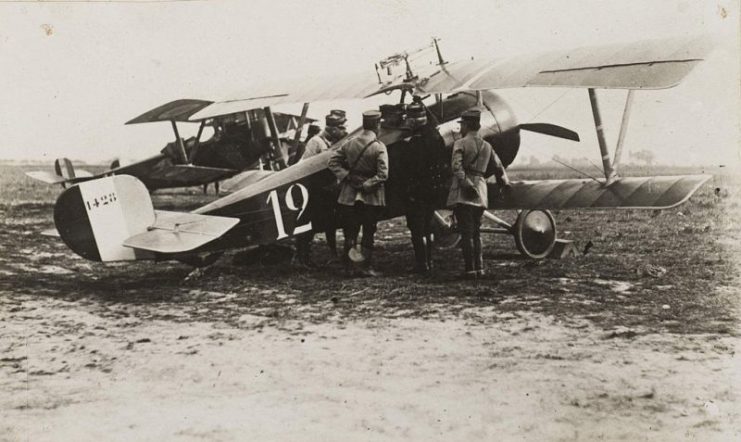
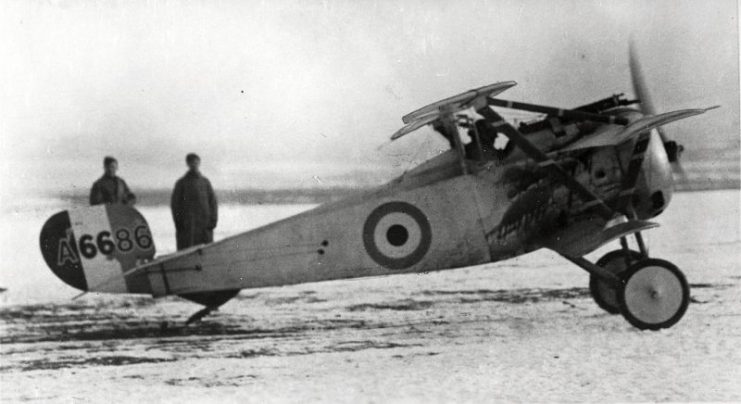
Improving on the XI
The Nieuport XVII was a serious step up from its predecessor. Its structure was stiffer, reducing the weakness that had undermined the XI. The wings were larger. The engine was more powerful. The result was a fast, maneuverable plane with a great rate of climb.
Upgrading Engines
The Nieuport XVII was initially fitted with a 110hp Le Rhône 9J rotary engine, a big step up from the 80hp 9C on the model XI. This was further upgraded in later Nieuport XVIIs to a 130hp Clerget 9B engine.
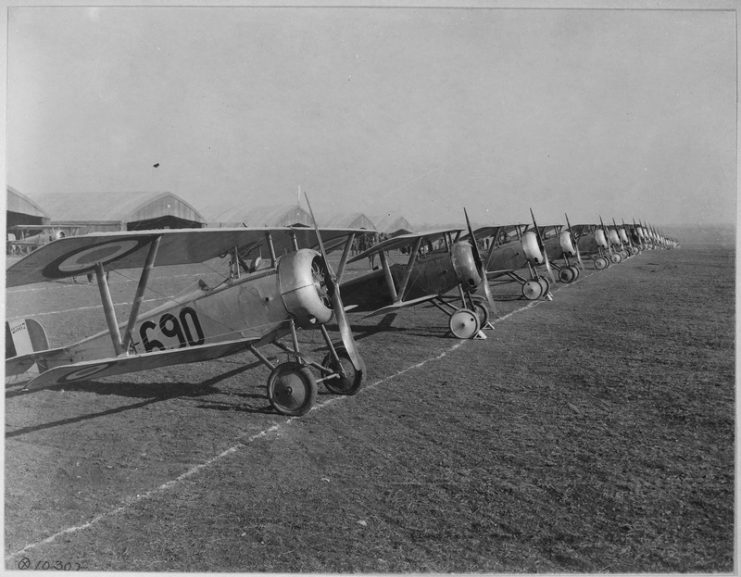
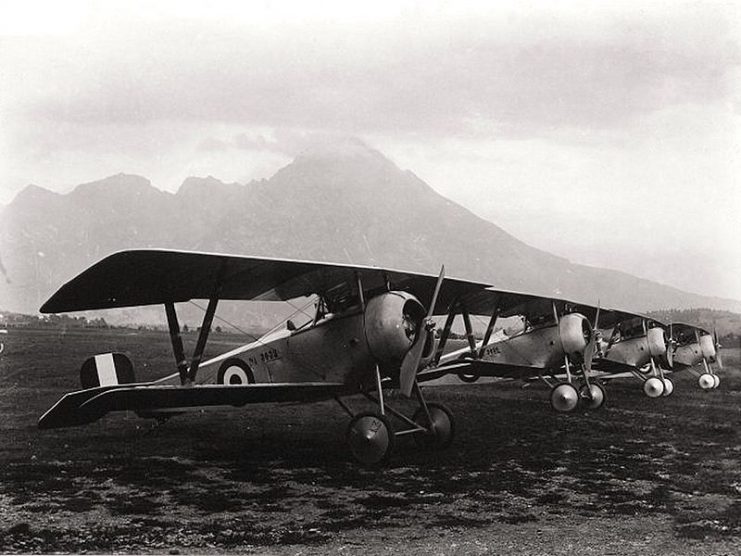
Arming Up
The weapons were also upgraded for the Nieuport XVII. By now, interrupter gears had been developed that allowed guns to safely fire through the space where the propeller spun. This made it easier for the pilot to target enemy planes, as he could simply point his plane straight at them and pull the trigger.
Two machine guns were therefore fitted to the Nieuport XVII – a synchronized machine gun in front of the pilot and one with a flexible mount in the old position on top of the upper wing. A Foster gun mount let the pilot slide the upper gun down for reloading, but replacing the ammunition was still difficult in anything short of ideal conditions.
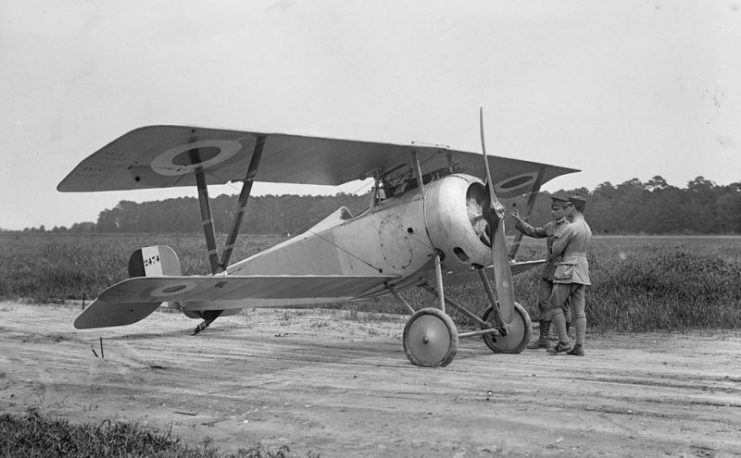
A Plane for Aces
Many aces flew to glory in the Nieuport XVII, including René Fonck, Charles Nungesser, and Billy Bishop.
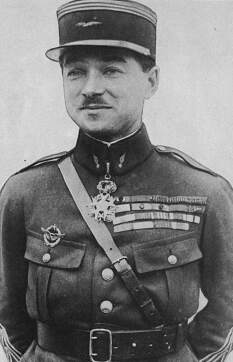
The Nieuport 28
The last significant Nieuport fighter scout of World War One was the Nieuport 28, which first took flight on June 14, 1917.
Different Wings
The Nieuport 28 lost the distinctive wing formation of its predecessors. The small lower wing was replaced with a more conventional design, with the lower wing almost as large as the upper one.
The Americans’ First Fighter
In 1917, the United States entered the war. The American Expeditionary Force (AEF) was sent to Europe to join the fighting on the Western Front. Many significant pieces of military equipment were supplied to them by their allies, including their fighter planes.
The first aerial combat by AEF pilots was carried out using Nieuport 28s. On April 14, 1918, while flying the AEF’s second combat patrol in Nieuports, Lieutenant Alan Winslow and Lieutenant Douglas Campbell each shot down an enemy plane.
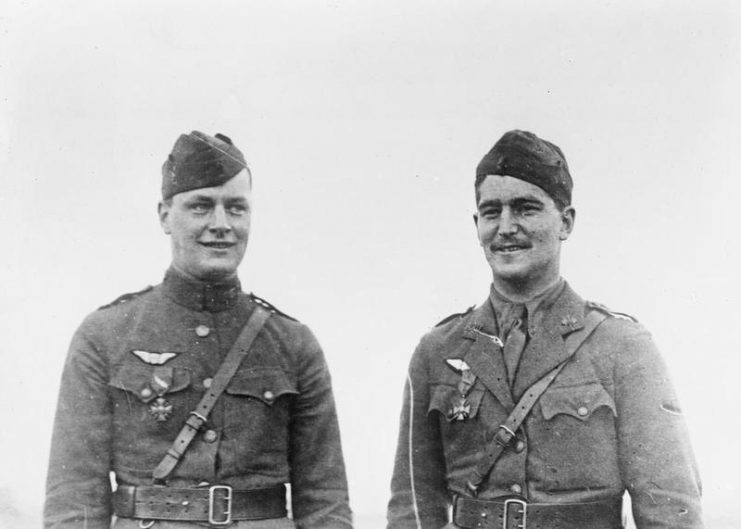
Nieuport Aces
Campbell would go on to become the first American-trained ace of the war. Many American aces flew Nieuport 28s, including Eddie Rickenbacker, who with his 26 victories was the top American ace of World War One.
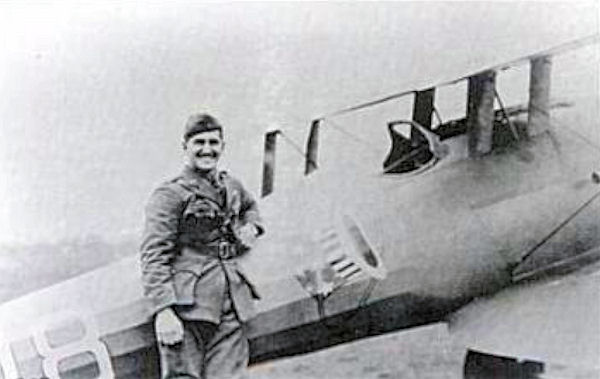
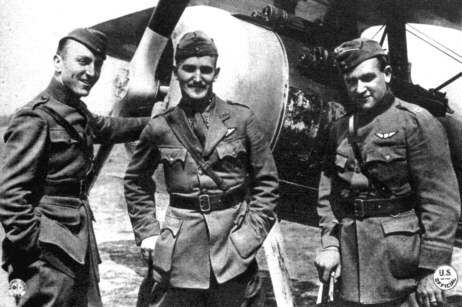
Maneuverable but Fragile
Like its predecessors, the Nieuport was a highly maneuverable plane by the standards of the time when it was launched. Unfortunately, it was also quite fragile. In a dive, the fabric of its upper wing sometimes peeled off.
Surpassed by the SPAD
Aerial warfare was a new discipline and the planes were evolving at an incredible rate as pilots and engineers learned hard practical lessons. A new model of plane could become outdated in months, and this was the fate of the Nieuports.
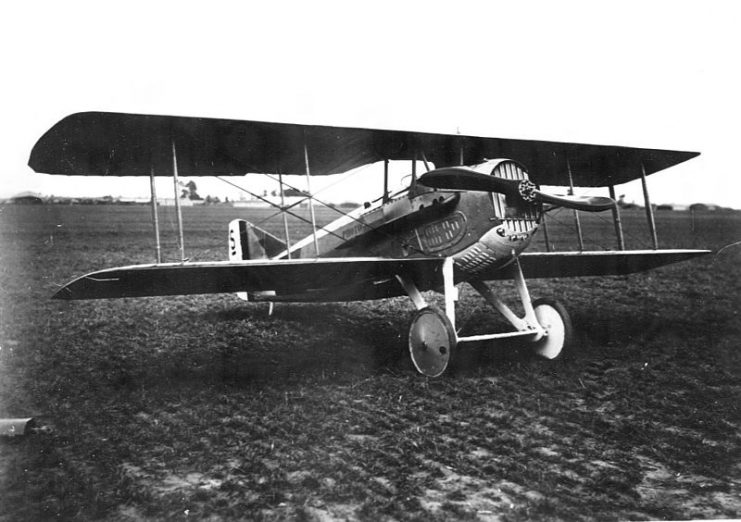
By the time the Nieuport 28 entered active service, it had already been overtaken as France’s top fighter plane by another design, the SPAD S.XIII. The SPAD was tougher than the Nieuport and overall was a better performing plane. The Nieuport’s days as a leader in the air were over, though Nieuport 28s continued in service to the war’s end and beyond.
